Can Ordinals Thrive With BRC-20, ORC-20, or SRC-20?
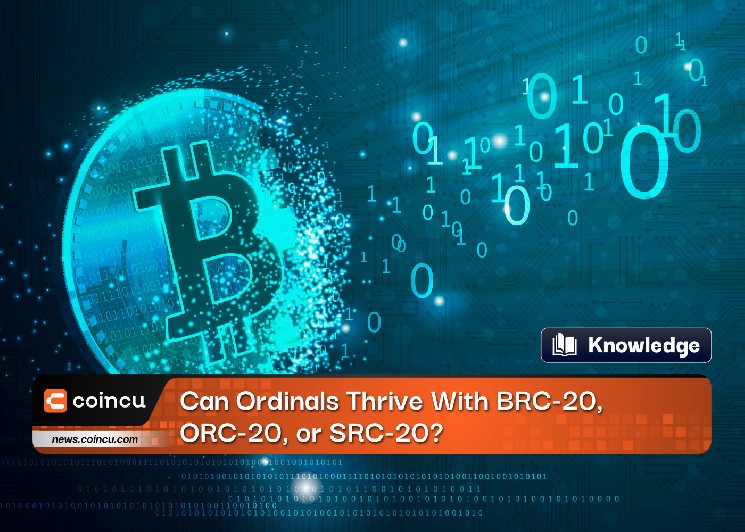
Ordinals background
NFTs were formerly produced and utilized largely on Ethereum, Solana, and BNB Chain blockchains. This changed when the Ordinals team realized that non-fungible tokens might also exist on the Bitcoin network. As a result, the Ordinals project has come to fruition.
Changing a section of Bitcoin’s code has proved to be incredibly difficult in the past. This problem is mostly caused by the decentralized network of nodes and developers who do not want to jeopardize network security. As a result, Bitcoin NFTs have not gained traction. Yet, the expansion of the crypto ecosystem has opened the doors to creative minds that see Bitcoin NFTs as a part of the future of Web3.
Ordinals have developed gradually since its beginning, as many people participate by posting various forms of material, such as photographs, music, and videos. Let’s look at how it works in more detail.
Domo then created the BRC-20 token standard based on the Ordinals protocol. BRC-20 is just a new approach for token creation and transfer by publishing a text on Satoshi. The standard gained momentum in April, with the quantity of BRC-20 tokens increasing, resulting in an increase in transaction fees on Bitcoin’s chain on May 8. The Bitcoin network was experiencing over 400,000 pending transactions, resulting in the amusing circumstance in which cryptocurrency exchange Binance stopped taking Bitcoin deposits and withdrawals.
As the BRC-20 tokens gained popularity, so did their values. ORDI, the first token in the BRC-20 standard, began at $0.1 and increased 310 times to $31 on May 8, with a market valuation of approximately $650 million. With a market value of this magnitude, it ranks in the 70s or thereabouts on Coingecko, even higher than Sui and Optimist.
Yet, this was a fad that was already beginning to fade. However, I must acknowledge that the development of the BRC-20 standard has reawakened interest in Bitcoin after a lengthy period of adverse market circumstances.
After that, two new token standards arose and took their place: ORC-20 and SRC-20. On May 13 to 15, transactions employing ORC-20 tokens accounted for 10% of all Bitcoin network transactions. Nevertheless, the SRC-20 cryptocurrency has lately begun to acquire traction.
BRC-20
The BRC-20 token (Bitcoin Request for Comment 20) was produced on the Bitcoin blockchain using the Inscription mechanism and the Ordinals protocol. In March 2021, an anonymous Twitter analyst called @domodata developed this strategy. He deploys token contracts, creates tokens, and trades tokens using JSON.
Ordinals is a Bitcoin blockchain-based NFT initiative. It works by generating a numbering system for each satoshi mined when new blocks are formed, allowing material like photos, videos, and HTML to be incorporated into a Bitcoin transaction and allocated to an individual satoshi.
1 Satoshi is equivalent to one hundred million BTC (meaning 1 BTC will be equal to 100,000,000 Satoshi)
Satoshi is the lowest unit of Bitcoin measurement. Ordinals will assist in numbering (forming a serial) each Satoshi. If you’re still confused, assume that each banknote has a unique serial number.
The Ordinals protocol will utilize “inscriptions” – text or picture inscriptions – to add satoshi (sats), the smallest unit of Bitcoin. As a result, these “inscriptions” are the only “digital works” or NFTs. NFTs, like satoshis, may be kept or sold on the network since they exist in sats. Casey Rodarmor, a software engineer who contributed to Bitcoin Core, designed Ordinals.
And BRC-20 used this Ordinals “inscription” technique to establish an asset class, not simply NFTs, but users can: transform them into tokens, install token supply, Mint tokens, and Exchanges pandemic. Each BRC-20 token will, of course, have a unique “serial” number. For instance, the ORDI token’s Inscription: is #348020.
The BRC-20 standard, on the other hand, does not enable smart contracts, a feature that has made ERC-20 popular in the DeFi community by letting developers to create tokens and produce other sorts of finance. Despite this constraint, BRC-20 tokens like as ORDI, PEPE, and PUNK continue to get a lot of interest from the community.
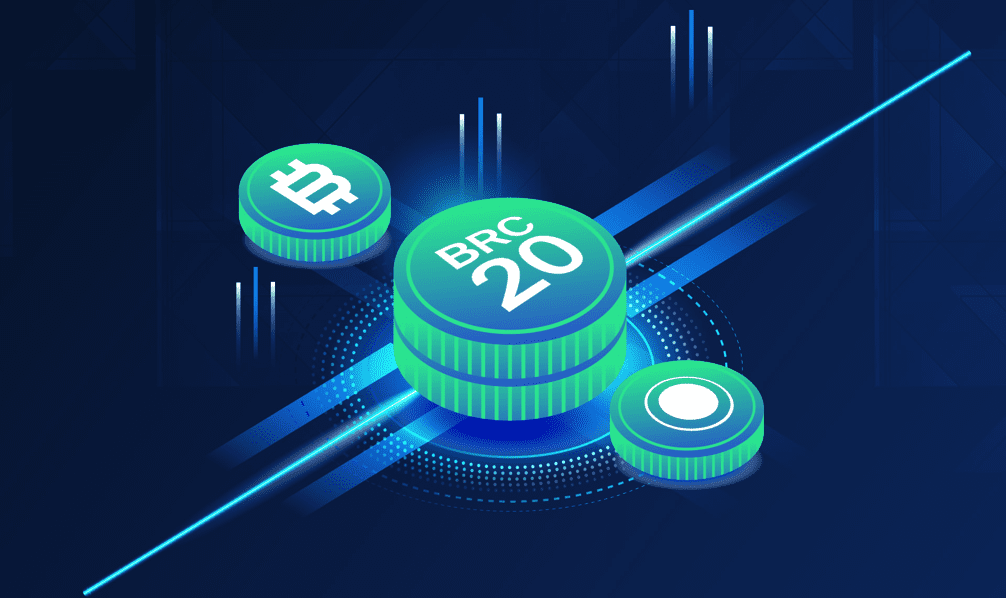
ORC-20
ORC-20, like BRC-20, is the standard for tokens operating on the Bitcoin blockchain. It is encoded as a JSON (JavaScript Object Notation) file and recorded on Satoshi with serial numbers.
ORC-20 is backward compatible with BRC-20, enhancing flexibility, scalability, and security while eliminating the danger of double-spending.
Simply, ORC-20 is a forked version of BRC-20.
Unfortunately, ORC-20 is currently in development, and there is no assurance that tokens issued in accordance with this standard will be valuable or useful. As a result, before taking ORC-20, consumers should exercise care and study.
In a migration event, for example, moving orc (inscription number #2504160) from BRC-20 to ORC-20:
{
«p»: «orc-20»,
«tick»: «orc»,
«id»: «2504160»,
«op»: «deploy»,
«wp»: «true»
}
At completion, all tokens are converted to ORC-20 tokens, which solves some shortcomings of the BRC-20 standard:
- The ORC-20 standard significantly improves on the BRC-20 standard. One such enhancement is the addition of identifiers (IDs) that may be used to identify a specific token. If a token with the same name is deployed, the external indexer considers the first deployed token to be “legitimate” according to the BRC-20 standard. With the ORC-20 standard, on the other hand, even tokens with the same name may be identified since the inscription number contains “ID” when deployed, enabling identification.
- Second, unlike the BRC-20 standard, which only allows for four-letter names, ORC-20 allows for names of any length. ORC, the first ORC-20 token to be distributed, has a three-letter name, for example.
- Third, the ORC-20 standard adds the option to change the total supply as well as the maximum amount of tokens issued every mint. Although deployers may take advantage of this flexibility, it also provides chances for diverse tokenomics studies. These experiments might involve progressively decreasing the maximum amount of coins generated per mint and replicating the halving of Bitcoin.
- Fourth, and most crucially, ORC-20 introduces the UTXO mechanism for token transfer. The benefit of this enhancement is that UTXOs can only be utilized once, eliminating double-spending. The most significant distinction between ORC-20 and BRC-20 is the addition of the notion of UTXO in token transfer.

SRC-20
Although the ORC-20 standard may be considered an improved version that corrects the shortcomings of BRC-20, the SRC-20 standard, unlike the previous two standards, employs Stamps to inscribe text.
BRC-20 and ORC-20 are based on ordinal number theory, and the concept is to create arbitrary files in Bitcoin transaction witness data. This operation, however, occupies the majority of the distributed ledger’s capacity, allowing nodes to prune or delete witness data. Additionally, not all nodes must maintain or disseminate this witness data.
Stamps, on the other hand, are more durable than ordinals since the information is saved in UTXOs, which every complete node must keep, making them doubly “blockchain-native.” Although this is an apparent benefit, storage space is restricted and only allows 24×24 pixel photos or 8-color depth PNG, GIF.
The text used to deploy, mint, and transfer SRC-20 tokens is likewise in JSON format, as is the text used to deploy, mint, and transmit BRC-20 tokens.
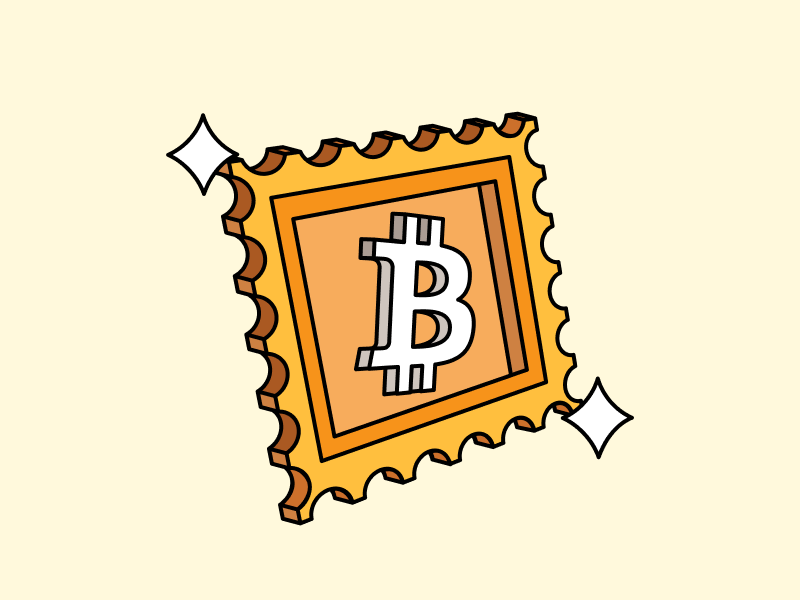
Conclusion
The programming language’s nature restricts the execution of complicated smart contracts on the Bitcoin network, restricting its usefulness. Nonetheless, its greater degree of security motivates developers and consumers to test and use its features on a regular basis. Of course, with such strong security only for keeping and moving cash, it would be fantastic to be able to leverage that protection for a range of other use cases.
The text might excite the imagination and represent a wide variety of thoughts, as it did in the early days of the PC when many games were text-based. Sats Names, BRC-20, ORC-20, and SRC-20 tokens solely employ text to represent immaterial things and rely on external indexers to make them seem substantial. Although these standards are still in their infancy and have their own limits, there is little question that they will serve as the foundation for much future imaginative innovation.
Another unknown is how far these “X” RC-20 tokens can go. Since BRC-20 tokens are not physical like ERC-20 tokens and only signal their existence by recording inscriptions in Satoshi, their usefulness is limited. It’s difficult to see it being utilized for anything other than trading as a meme token. We may imagine basic governance activities in which people link their Bitcoin wallets and vote depending on the number of BRC-20 tokens they own, but enforcing governance outcomes, on-chain remains impossible.
DISCLAIMER: The information on this website is provided as general market commentary and does not constitute investment advice. We encourage you to do your own research before investing.
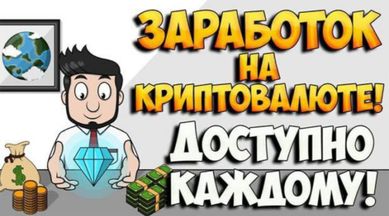
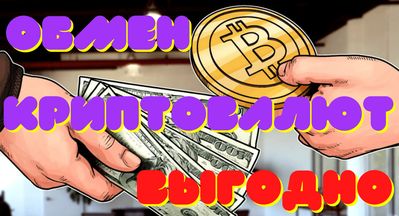





 Bitcoin
Bitcoin  Ethereum
Ethereum  Tether
Tether  Dogecoin
Dogecoin  USDC
USDC  Cardano
Cardano  TRON
TRON  Chainlink
Chainlink  Stellar
Stellar  Hedera
Hedera  Bitcoin Cash
Bitcoin Cash  LEO Token
LEO Token  Litecoin
Litecoin  Cronos
Cronos  Ethereum Classic
Ethereum Classic  Monero
Monero  Algorand
Algorand  Dai
Dai  OKB
OKB  Cosmos Hub
Cosmos Hub  Stacks
Stacks  Theta Network
Theta Network  Gate
Gate  Tezos
Tezos  Maker
Maker  KuCoin
KuCoin  IOTA
IOTA  NEO
NEO  Polygon
Polygon  Zcash
Zcash  Synthetix Network
Synthetix Network  Tether Gold
Tether Gold  Dash
Dash  TrueUSD
TrueUSD  Holo
Holo  Zilliqa
Zilliqa  0x Protocol
0x Protocol  Enjin Coin
Enjin Coin  Basic Attention
Basic Attention  Qtum
Qtum  Ravencoin
Ravencoin  Siacoin
Siacoin  Decred
Decred  DigiByte
DigiByte  NEM
NEM  Ontology
Ontology  Huobi
Huobi  Nano
Nano  Status
Status  Hive
Hive  Lisk
Lisk  Waves
Waves  Bitcoin Gold
Bitcoin Gold  Numeraire
Numeraire  Steem
Steem  Pax Dollar
Pax Dollar  BUSD
BUSD  OMG Network
OMG Network  Ren
Ren  Bitcoin Diamond
Bitcoin Diamond